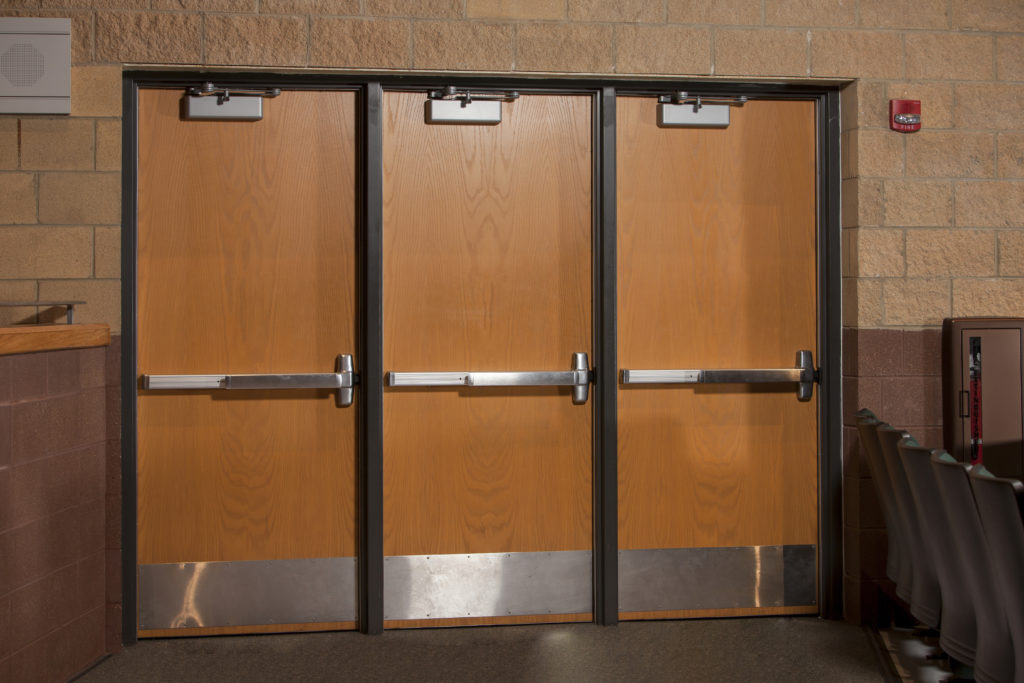 Thank you to everyone who weighed in on Monday’s question about panic hardware. To review:
Thank you to everyone who weighed in on Monday’s question about panic hardware. To review:
On an assembly space with a calculated occupant load of 100 people, with 2 egress doors leading directly out of the room, panic hardware is required for those 2 doors if they are equipped with a lock or latch. But is panic hardware required for ALL of the doors between the assembly area and the public way, including corridor doors, stair doors, and finally – the exterior doors?
Background:
- The I-Codes require panic hardware for doors that are equipped with a lock or latch and serve an assembly or educational occupancy with a calculated occupant load of 5o people or more.
- The NFPA codes require panic hardware for doors that are equipped with a lock or latch, serving an assembly, educational, or day care occupancy with a calculated occupant load of 100 people or more.
- Both sets of codes also require panic hardware for doors serving high hazard occupancies, if the door is equipped with a lock or latch.
- The I-Codes require panic hardware for high hazard occupancies regardless of the occupant load.
- NFPA requires panic hardware for areas of high hazard contents when the calculated occupant load is more than 5 people.
My interpretation (the AHJ will have the final say):
For the use groups and occupant loads listed above, the intent of the model codes is that all doors that are part of the means of egress from these spaces must have panic hardware, if the doors are are equipped with a lock or latch. This requirement also applies to doors provided for egress purposes, even if the doors are not required in order to accommodate the occupant load. Thinking of the egress doors serving the assembly occupancy in our example…if panic hardware is needed on the doors leading immediately out of the space, what would the justification be for NOT needing panic hardware on subsequent doors in the egress path?
Here are some references from the model codes and the IBC Commentary, to support my interpretation:
The IBC says: Swinging doors serving a Group H occupancy and swinging doors serving rooms or spaces with an occupant load of 50 or more in a Group A or E occupancy shall not be provided with a latch or lock other than panic hardware or fire exit hardware.
The IBC Commentary says: For all doors that provide means of egress for assembly and educational occupancies (Groups A and E) with an occupant load of 50 or more, if latching (or locking) hardware is installed, it must be panic hardware or fire exit hardware.
I also found this example in the Commentary: For example, an accessory lunchroom located in a business office regulated as an accessory occupancy would need to be protected with an automatic sprinkler system if the lunchroom’s occupant load exceeds 100. In addition, any means of egress doors serving the lunchroom, from the lunchroom to the exterior exit doors, would need to be provided with panic hardware.
In the occupancy chapters where panic hardware is required, NFPA 101 says: Any door in a required means of egress from an area having an occupant load of 100 or more persons shall be permitted to be provided with a latch or lock only if the latch or lock is panic hardware or fire exit hardware complying with 7.2.1.7, unless otherwise permitted by one of the following…
In the references above, the requirement for panic hardware is not based on the number of people accommodated by the door, it is based on the calculated occupant load of the space served by the door. If the door is part of the means of egress for the assembly space in our example, it needs panic hardware (if provided with a lock or latch). Which doors are serving as part of a means of egress from a particular room or area? The IBC defines the means of egress as: A continuous and unobstructed path of vertical and horizontal egress travel from any occupied portion of a building or structure to a public way. A means of egress consists of three separate and distinct parts: the exit access, the exit and the exit discharge. The means of egress is not just the door immediately exiting from space. It includes all of the doors from the space to the public way.
And one more thing that helps to establish the intent of the code. When panic hardware is NOT required for all of the doors between the area being served and the public way, the code language is different. For example, for large refrigeration machinery rooms, the IBC requirement for the panic hardware is specific to the doors swinging out of the room – not to all of the doors that are part of the means of egress for the room:
1010.2.9.1 Refrigeration machinery room. Refrigeration machinery rooms larger than 1,000 square feet (93 m2) shall have not less than two exit or exit access doorways that swing in the direction of egress travel and shall be equipped with panic hardware or fire exit hardware.
And with certain electrical rooms, the IBC specifies that panic hardware is required for doors within 25 feet of the required working space – not for every door between the electrical room and the public way:
1010.2.9.2 Rooms with electrical equipment. Exit or exit access doors serving transformer vaults, rooms designated for batteries or energy storage systems, or modular data centers shall be equipped with panic hardware or fire exit hardware. Rooms containing electrical equipment rated 800 amperes or more that contain overcurrent devices, switching devices or control devices and where the exit or exit access door is less than 25 feet (7620 mm) from the equipment working space as required by NFPA 70, such doors shall not be provided with a latch or lock other than panic hardware or fire exit hardware. The doors shall swing in the direction of egress travel.
Do you agree with this interpretation? Why, or why not?
You need to login or register to bookmark/favorite this content.


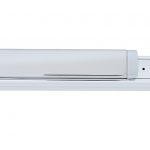
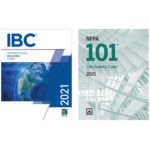
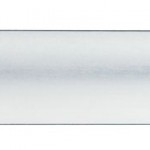
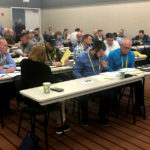




Yes, I agree with your interpretation.
I do not have the commentary anymore.
Does this section actually meet the “Show Me” question?
1016.1 General
The exit access shall comply with the applicable provisions of Sections 1003 through 1015. Exit access arrangement shall comply with Sections 1016 through 1021.
BE] EXIT ACCESS. That portion of a means of egress system that leads from any occupied portion of a building or structure to an exit.